Major changes in Australia this new financial year

With the start of the 2023-2024 financial year, Australia is seeing significant changes in prices, policies, and payments. Here’s a breakdown of what’s happening and how it will affect you.
Stage 3 tax cuts
Starting July 1, the long-awaited Stage 3 tax cuts come into effect. Rather than receiving a lump sum, these tax cuts will mean more take-home pay each payday. The reduced tax rates will allow you to keep more of your salary, effectively giving you a pay rise.
Minimum wage changes
From July 1, the minimum wage will rise by 3.75%, increasing from $23.23 to $24.10 per hour. For a full-time worker on a 38-hour week, this translates to an extra $33 per week. About 2.6 million Australians will benefit from this increase, ensuring that the wages keep pace with inflation and cost of living.
Parental leave
Under the federal government’s changes, eligible parents will receive an additional two weeks of paid parental leave, bringing the total to 22 weeks. This figure will continue to rise, with an additional two weeks being added in both 2025 and 2026. In addition, this policy aims to support families and provide greater flexibility for new parents.
Superannuation increase
The superannuation guarantee rate will increase from 11% to 11.5% on July 1. This means that employers must contribute more to their employees’ superannuation funds, boosting retirement savings for full-time, part-time, and casual workers. Additionally, this rate is set to increase again on July 1, 2025, continuing the government’s commitment to enhancing retirement incomes.
Rent assistance increase
Commonwealth Rent Assistance will see a 10% increase, benefiting around 1 million households. This follows a 15% increase last year, marking the first back-to-back boosts in over 30 years, aimed at providing additional support to low-income renters.
Energy bill changes
A significant portion of Australia’s population will benefit from reduced energy bills due to new default market offers (DMO) for NSW, Victoria, South Australia, and South-East Queensland. For households in NSW, the DMOs will drop by between 0.2% and 5.9%, depending on the region and usage. Victoria will see reductions between 3.3% and 7.3%, and South Australia between 1% and 2.2%. These reductions could save households up to $170 annually. However, in South-East Queensland, the DMO is rising slightly, leading to small increases in energy costs before accounting for government rebates.
Energy bill relief
A key announcement in the federal budget is the provision of $300 in energy bill relief for households this financial year. This will be delivered in the form of four $75 rebates, one each quarter, which will be automatically applied to your energy bills, providing much-needed relief amid rising living costs.
Social services payments
As July begins, people receiving certain government payments will see a slight increase due to the regular indexation adjustments. These adjustments are made to keep welfare payments aligned with changes in indices like the Consumer Price Index (CPI), ensuring that the benefits retain their value amid rising living costs.
Furthermore, the regular adjustment of welfare payments through indexation is a crucial mechanism for maintaining the purchasing power of these benefits, ensuring that recipients can continue to meet their essential needs.
NBN price changes
While many changes bring relief, internet costs are set to rise due to wholesale NBN price increases of between $2.22 and $2.52 per month. The exact cost will depend on your provider and plan. For example, Telstra’s 25 Mbps plan will increase by $4 per month, while the 50 Mbps plan will rise by $5. Conversely, some high-speed plans will see price reductions.
Passport fee increase
Planning to travel overseas? Passport fees are increasing. A 10-year adult passport will now cost $398, up from $346. Additionally, a new fast-track processing fee of $100 will allow applications to be processed within five business days, much quicker than the standard six-week window.
In conclusion, these changes represent a reshaping of Australia’s fiscal landscape, impacting everything from tax rates and wages to energy bills and welfare payments. Staying informed and adapting to these changes will be crucial for individuals and businesses alike.
Feel free to reach out to a member of the MaxGrowth team on 02 9267 4468 or contact@maxgrowth.com.au
Disclaimer: The following article provides general information and should not be considered as professional financial or legal advice. For specific advice regarding your business, consult with a qualified professional.


